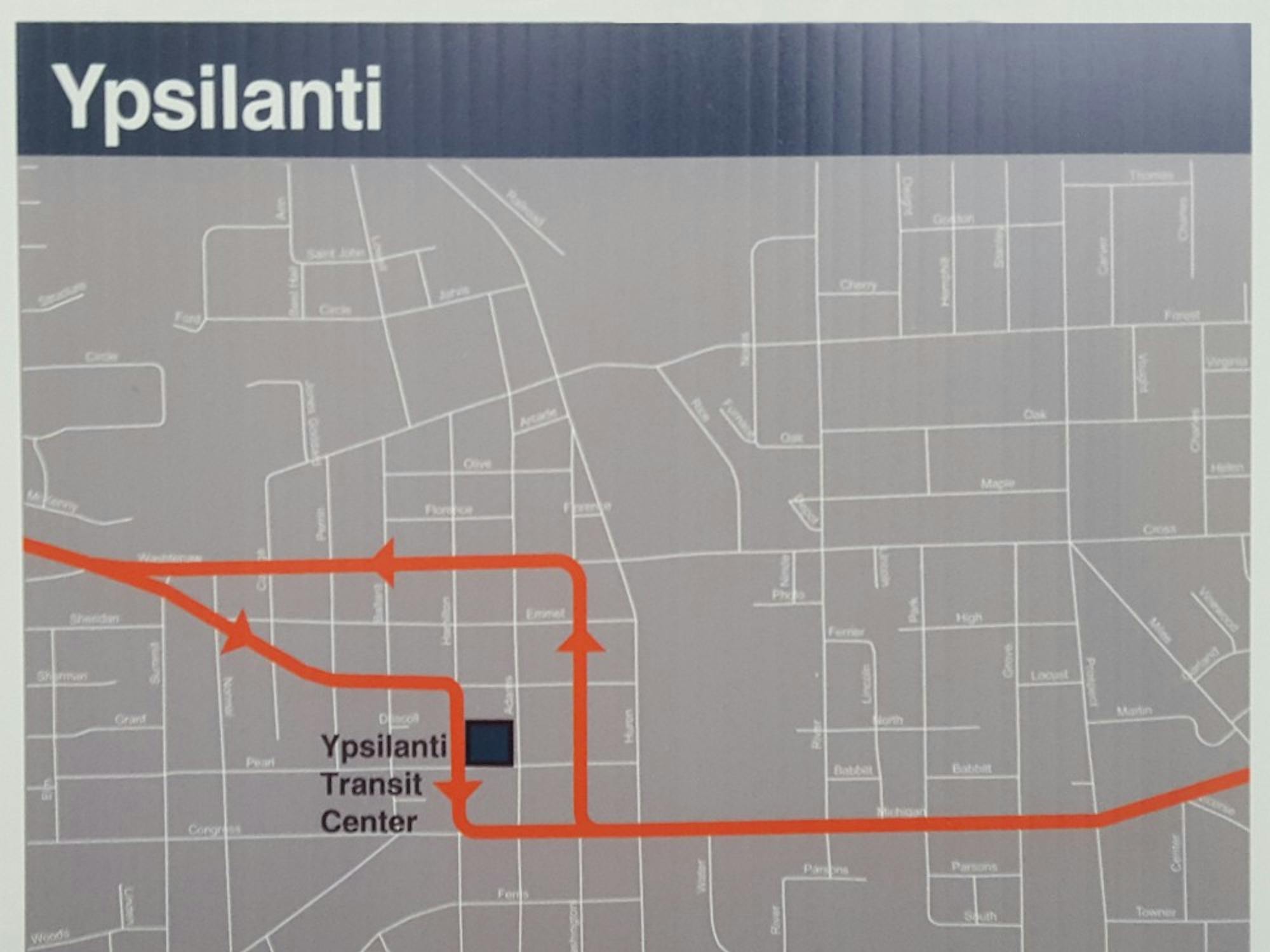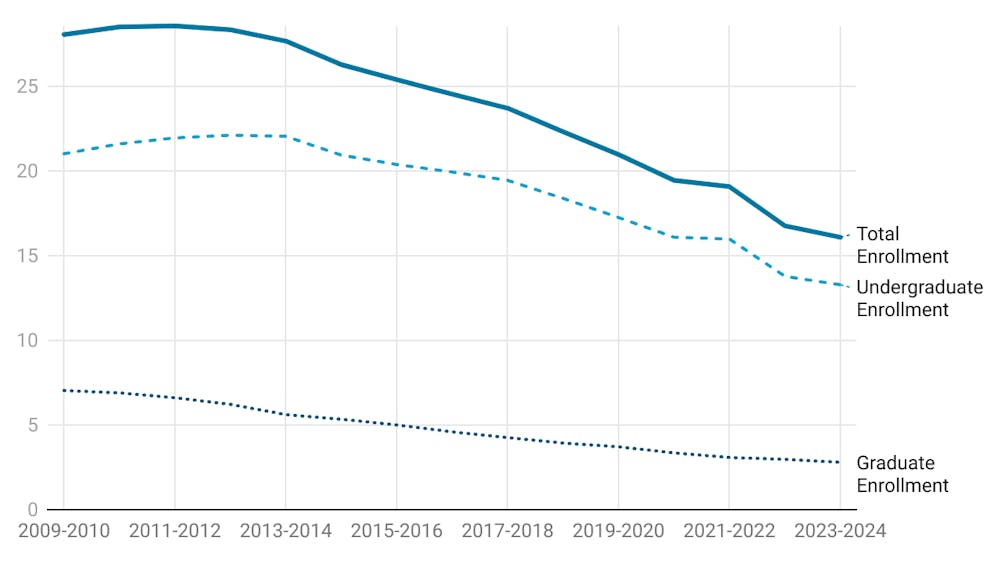The Regional Transit Authority of Southeast Michigan held an informational session on its effort to improve public transportation in metro Detroit Thursday evening in the College of Business.
This was an opportunity for the public to learn about the project and weigh in on the process.
Metro Detroit currently has three different transit operations. Detroit has a transit system, SMART buses serve the suburbs and the Ann Arbor Area Transit Authority serves the Ann Arbor and Ypsilanti area.
There is a 10-mile gap between the AAATA that serves Eastern Michigan University and the SMART bus that serves the Detroit suburbs, which is separate from Detroit's system.
"This is a critical time for us," RTA CEO Michael Ford said. "We are going to have this plan done by the end of this year so we are on a very fast track."
The RTA's goal is to link the separate systems under an "umbrella" to allow Michiganders who don't have a car seamless travel. It was created by the Michigan Legislature in 2012.
"If you live in Ann Arbor and work in, say, Dearborn, if this is built, you could take a train, get to the station and take a bus or you could drive,” Dan Meyers, a project manager for RTA, said. “It basically gives you that choice."
The RTA finished phase one in the spring. It formulated a formal "purpose and need statement" and studied ideas, destinations and travel patterns. The transit options had to satisfy a number of criteria, including ridership capacity, economic development potential and capital costs. Several options, such as an express bus service and streetcars, were scrapped for missing more than two of these requirements.
Now, phase two is focused on the debate between a Bus Rapid Transit or a commuter train.
BRT buses are long buses with a bendy section in the middle, often with dedicated bus lanes or even separated median tracks. Some of the more expensive ones have doors on both sides. The stops they would use, about every mile or so, would most likely be raised higher than a normal curb to make handicapped access easier and speed up boarding and disembarking.
“The wonderful thing about BRT is that it's very scalable,” Meyers said.
Afterwards, about 25 attendees were able to ask questions and critique this draft of the project.
One attendee asked about safety at the stations. Meyers said the BRT stations would be well lit, have emergency phones and possibly cameras.
Another member of the public said that there was not enough consideration for elderly and disabled people. Meyers said the plan would address those issues in the next draft.
If the BRT is selected, it would start from the Rosa Parks Transit Center Hub in downtown Detroit and would go down Michigan Avenue, through Ypsilanti, to the Blake Transit Center in downtown Ann Arbor.
Depending on what type of BRT is selected, it could cost between $2 million and $35 million per mile. The BRT system would include stops at Metro Airport. Ford and Malloy-Marcon emphasized the importance of this stop, though there were no plans in the current draft for the train to go there.
The train option would go along existing freight tracks from Detroit's train station in the New Center to a station in Ann Arbor. This option could cost anywhere from $2.5 to $30 million dollars per mile. It would connect Ypsilanti residents to the still under construction M1 line trolley line in Detroit, as well as the bus system.
The RTA is going to have other informational and public input meetings across the metro area. In January, once it goes through more date, phase three will begin: locals select a Locally Preferred Alternative.
Then there will be a final environmental study and a millage vote to secure funding before it's built. The millage amount hasn't been decided yet.
The RTA is also in the master planning process for two other lines. One along the Woodward Avenue corridor and one along the Gratiot Avenue corridor. Eventually the system would have to be approved by four counties: Washtenaw, Wayne, Macomb and Oakland.
For more information on the project, go here:http://www.rtamichigan.org/.










